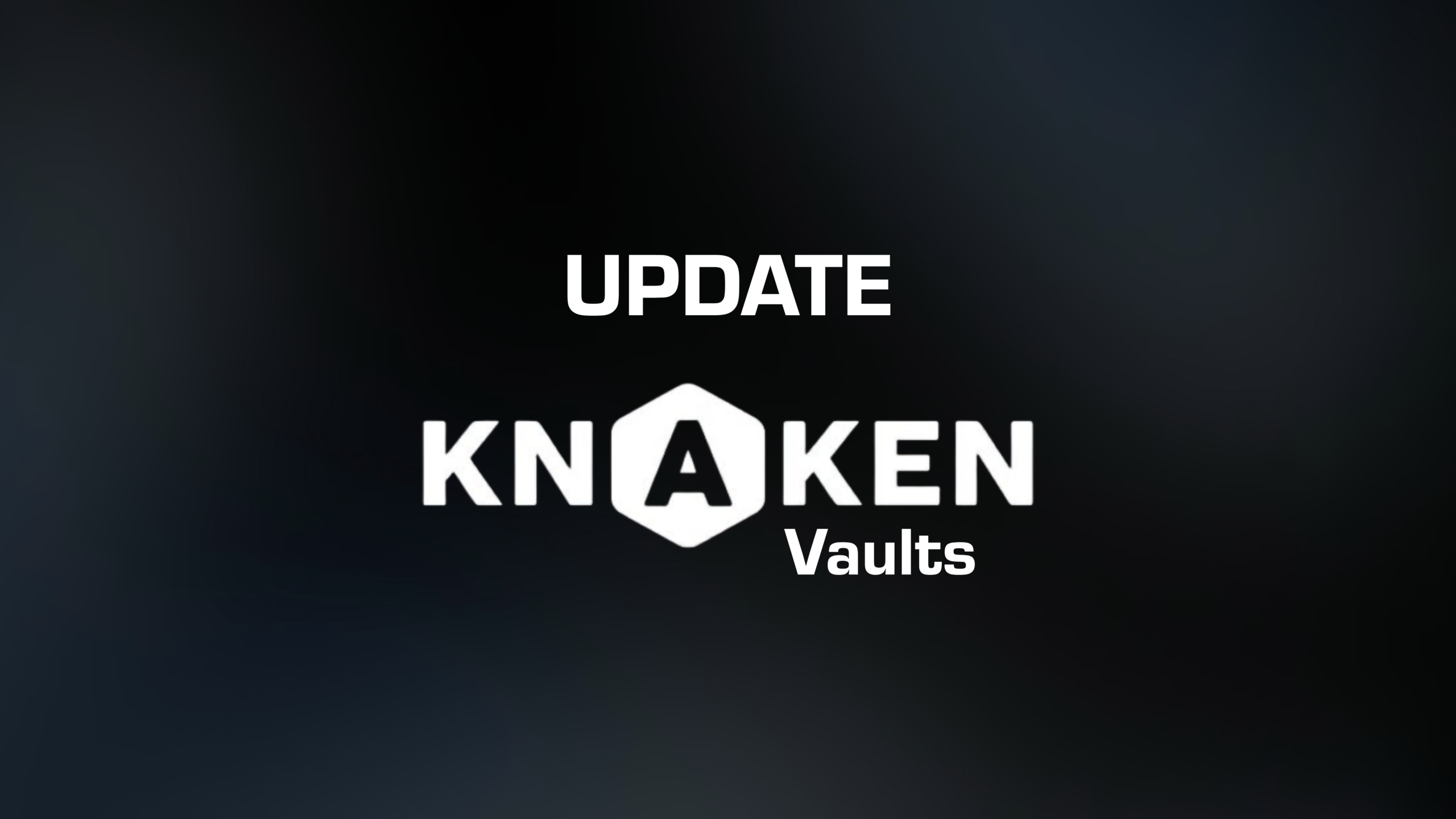Flash Crash in Cryptocurrency
Introduction to Flash Crash
A **flash crash** in the context of cryptocurrency refers to a sudden and severe drop in the price of a cryptocurrency within a very short period. These events often occur rapidly and can lead to significant losses for traders and investors. The term is commonly associated with extreme volatility, which is characteristic of the cryptocurrency market, presenting both risks and opportunities in digital asset trading.
Causes of a Flash Crash
Understanding the causes of a flash crash is crucial for anyone involved in cryptocurrency trading. Flash crashes can be triggered by a variety of factors, including:
- Market Manipulation: Coordinated efforts by malicious actors can create artificial price movements.
- High-frequency Trading: Automated trading algorithms can exacerbate price declines if they are programmed to sell assets under certain conditions.
- Liquidity Issues: A sudden lack of liquidity can cause prices to plummet, especially for less popular cryptocurrencies.
- Panic Selling: A sudden decline in price may trigger panic among traders, leading to a cascade of sell orders.
- Negative News: Announcements regarding regulatory changes, security breaches, or other negative factors can instigate sell-offs.
- Technical Glitches: System or exchange errors may lead to erroneous trades, contributing to a rapid price drop.
Impacts of a Flash Crash
The impacts of a flash crash can be profound and multifaceted. Investors and traders may experience:
- Financial Losses: Traders who hold positions during a flash crash can incur significant losses.
- Market Confidence Erosion: Repeated flash crashes can decrease confidence among investors, potentially leading to long-term volatility.
- Exchange Strain: Exchanges may experience increased trading volume and crashes of their own systems during a flash crash.
- Regulatory Scrutiny: Authorities may increase their oversight of the cryptocurrency market in response to flash crashes.
Examples of Notable Flash Crashes
Several historical instances of flash crashes have characterized the cryptocurrency landscape. Some notable examples include:
- Bitcoin Flash Crash of 2017: On December 22, 2017, Bitcoin experienced a dramatic drop of nearly 30% in just a few hours due to regulatory concerns and panic selling.
- Ethereum Flash Crash of 2017: Ethereum dropped briefly to as low as $0.10 on some exchanges due to a massive sell-off, which was later deemed a market anomaly.
- Binance Flash Crash of 2019: A temporary glitch on the Binance exchange led to a sudden crash where Bitcoin prices dropped severely within minutes.
Preventing Flash Crashes
While it is difficult to completely eliminate the possibility of flash crashes, certain measures can be taken to mitigate their occurrence:
- Improving Market Liquidity: Encouraging more participants and diverse capital can help stabilize prices.
- Implementing Circuit Breakers: Exchanges can put in place mechanisms to halt trading in the event of extreme volatility.
- Enhanced Monitoring: Regulatory bodies and exchanges should actively monitor for signs of market manipulation.
- Educating Traders: Raising awareness about market dynamics can help traders respond more judiciously during volatile periods.
Conclusion
Flash crashes represent one of the inherent risks in cryptocurrency trading, characterized by rapid and unpredictable price movements. While the occurrence of flash crashes can lead to significant financial losses and destabilization of markets, understanding their causes and impacts can aid investors in making informed decisions. As the cryptocurrency market continues to evolve, enhancing market structure and implementing preventive measures will be crucial in minimizing the risk of future flash crashes.


















